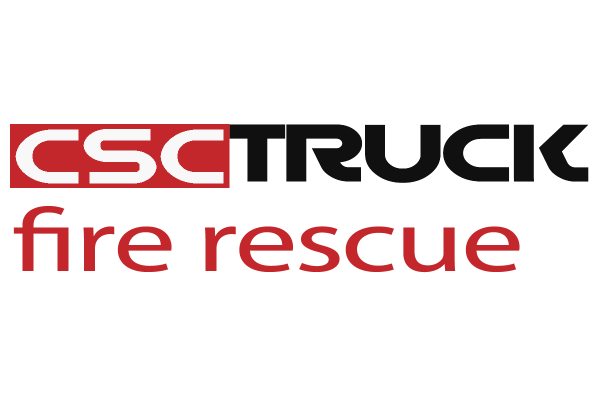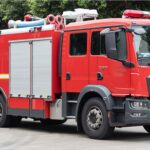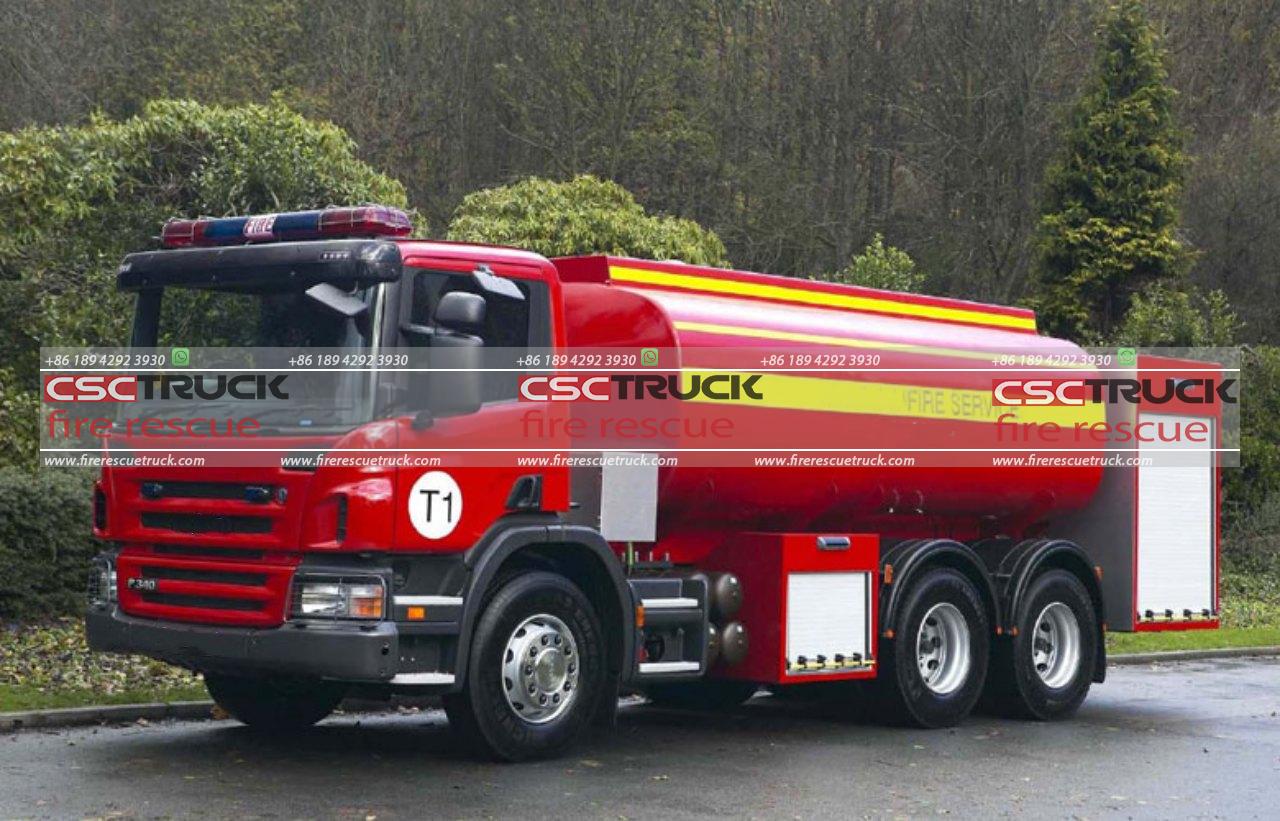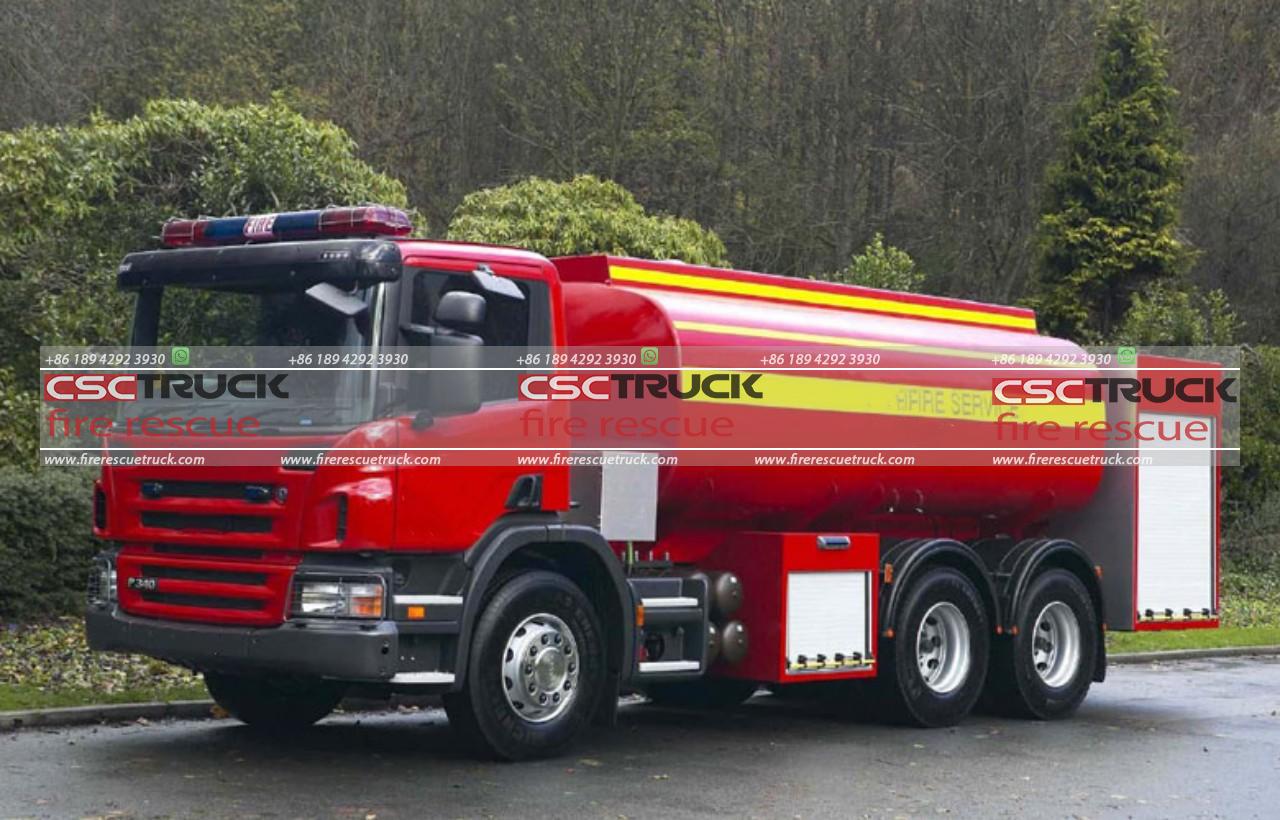A water tender, commonly referred to as a water tanker, is a specialized firefighting apparatus designed to transport large volumes of water to areas where a reliable water source is unavailable. These vehicles play a crucial role in fire suppression, particularly in rural and remote areas that lack fire hydrant systems. Their ability to carry thousands of gallons of water ensures that firefighters have an immediate water supply to combat fires efficiently.
Primary Functions of a Water Tender
1. Water Transportation and Supply
One of the most important roles of a water tender is to transport water to firefighting locations. Many rural and wildland areas do not have an established municipal water system with fire hydrants, making it necessary to bring water from distant sources. Water tenders can fill up at lakes, rivers, reservoirs, or municipal water stations and then deliver water to the scene of a fire.
2. Supplying Water to Fire Engines
Fire engines are equipped with limited onboard water tanks, often holding between 500 and 1,500 gallons. In large-scale fires, this supply can deplete quickly. Water tenders act as mobile reservoirs, refilling fire engines via hoses or pumps to maintain continuous firefighting operations.
3. Direct Fire Suppression
Some water tenders are equipped with mounted water cannons (monitors) or hoses that allow them to engage in direct firefighting efforts. While they are not as agile as traditional fire engines, their ability to apply large amounts of water rapidly makes them useful for certain fire suppression tactics, such as containing wildfires or dousing large industrial blazes.
4. Rural and Wildland Firefighting
Water tenders are particularly valuable in rural and wildland firefighting operations, where access to water sources is often limited. Wildfires spread quickly, and an immediate water supply is essential for containment. In such situations, multiple water tenders may work together to establish a shuttle system, continuously transporting water from a nearby source to the fire scene.
5. Industrial and Municipal Firefighting Support
Beyond wildland and rural environments, water tenders also support firefighting operations in industrial areas, construction sites, and other locations where large volumes of water are needed. Chemical plants, oil refineries, and other industrial facilities require significant fire suppression efforts, and water tenders help meet these high water demands.
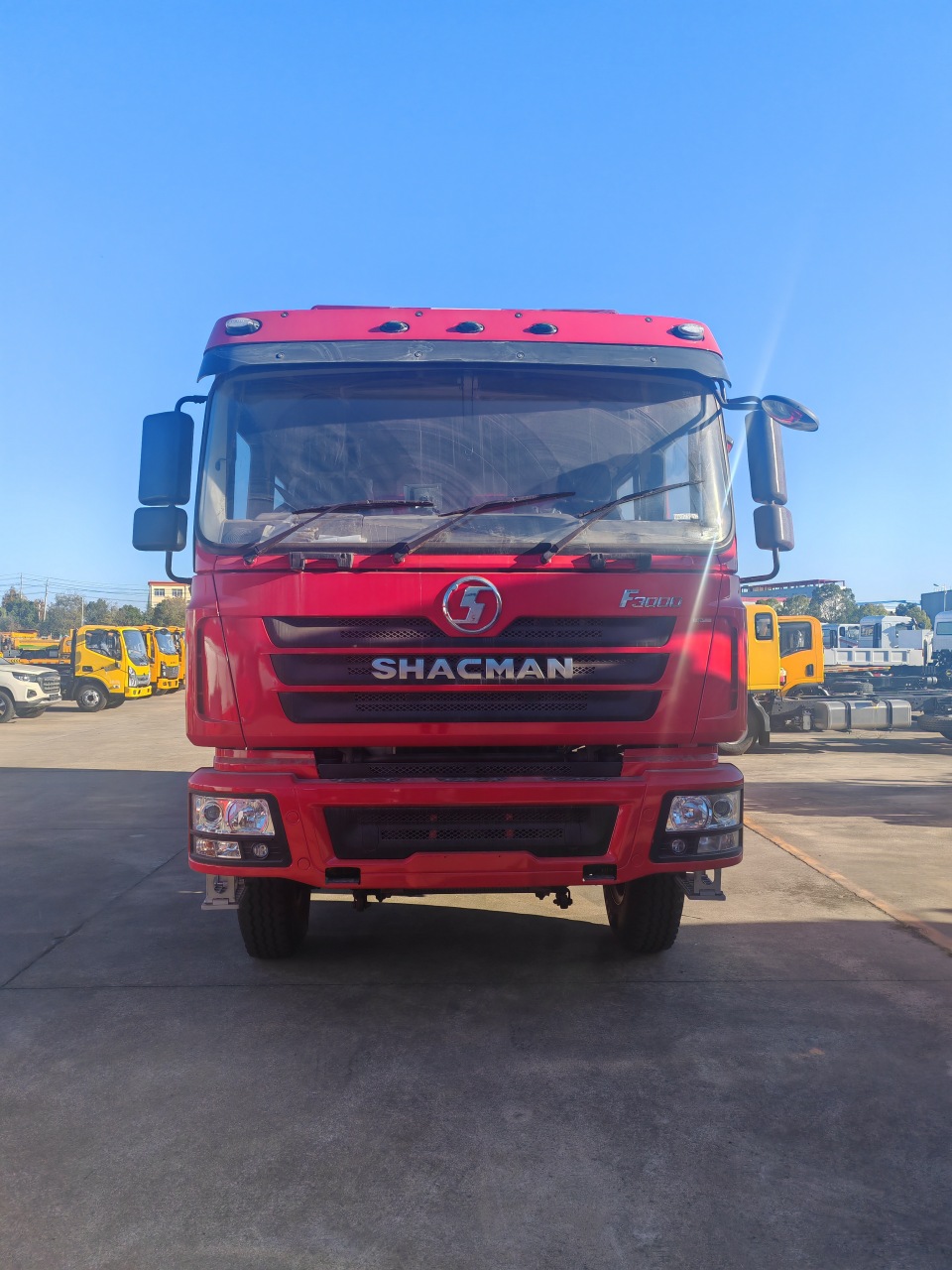
Types of Water Tenders
Water tenders come in various configurations depending on their intended use, the terrain they operate in, and the firefighting tactics they support.
1. Tactical Water Tender
Tactical water tenders are designed to integrate into direct firefighting operations. They often have pumps, hoses, and nozzles for active fire suppression, making them more versatile than standard water carriers. These tenders are commonly used in wildland firefighting.
2. Support Water Tender
Support water tenders primarily function as bulk water transport vehicles. Their main role is to deliver water to fire engines or temporary reservoirs rather than directly fighting fires. These tenders may not have high-capacity pumps or hose connections.
3. Off-Road Water Tender
Off-road water tenders are specially designed to navigate rough terrain, making them suitable for wildland firefighting. They have reinforced suspensions, all-wheel-drive capabilities, and specialized tires for mobility in challenging environments.
4. Municipal Water Tender
These tenders are used in urban settings to supplement the water supply during large fires. They can also assist with infrastructure-related water shortages by providing emergency water delivery to affected areas.
Key Components and Features of Water Tenders
Water tenders are equipped with several essential components that allow them to function effectively in firefighting operations:
1. Water Tank
The tank capacity varies depending on the design, but most water tenders can carry between 1,000 and 5,000 gallons of water. Some larger models, especially those used in industrial applications, can transport even greater amounts.
2. Pumping System
While not all water tenders have pumps, those that do typically feature mid-range or high-capacity pumps to deliver water at sufficient pressure. Pumps can be driven by the vehicle’s engine or a dedicated auxiliary power source.
3. Hoses and Valves
Hoses of various diameters allow water to be discharged from the tender to fire engines, portable reservoirs, or directly onto fires. Valves regulate water flow, ensuring controlled delivery to different firefighting units.
4. Drop Tanks
Many water tenders carry portable drop tanks, which are collapsible reservoirs used to store water temporarily. This feature allows tenders to offload water quickly and return to refill, enabling a continuous water shuttle operation.
5. Foam and Additive Systems
Some advanced water tenders are equipped with foam proportioning systems that mix fire suppression foams or retardants with water. This enhances firefighting efficiency, particularly in wildland and industrial fires.
6. Communication Equipment
Modern water tenders are fitted with radios and GPS tracking systems to coordinate water delivery and ensure efficient deployment during emergencies.
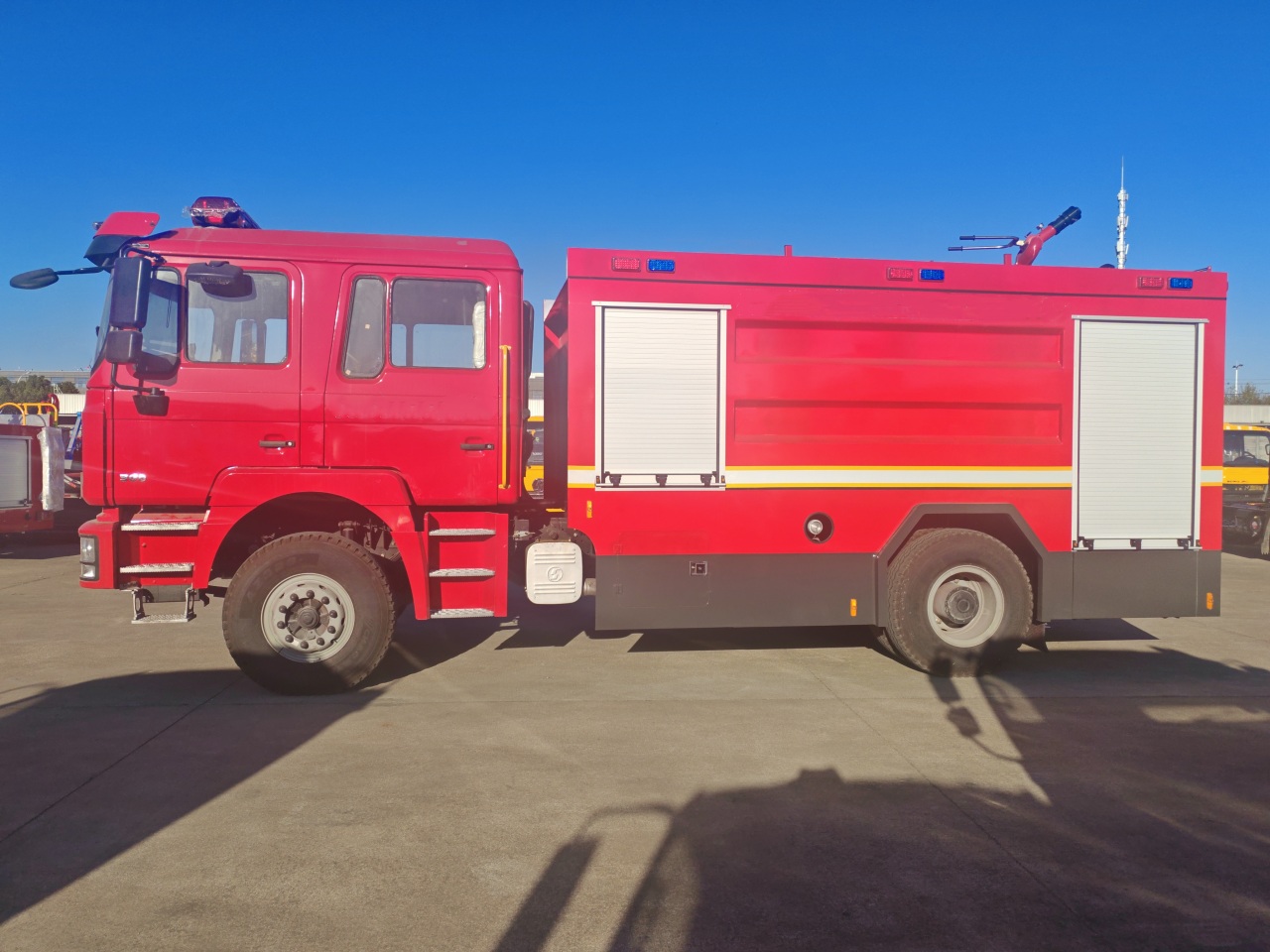
Operational Tactics and Deployment
1. Shuttle Operations
In areas without hydrants, water tenders operate in shuttle configurations, continuously transporting water from a supply point to the fire scene. This system ensures that firefighters have a steady water supply for prolonged operations.
2. Relay Pumping
Water tenders can also be used in relay pumping, where multiple tenders work together to transport water over long distances. This is especially useful when the nearest water source is miles away from the fire.
3. Structural Protection in Wildfires
During wildfires, water tenders help protect homes and other structures by pre-wetting vegetation, creating firebreaks, and refilling fire engines engaged in firefighting efforts.
4. Emergency Water Supply
Beyond firefighting, water tenders provide emergency water supply to communities affected by water shortages, infrastructure failures, or natural disasters like hurricanes and earthquakes.
Advantages of Water Tenders
- Rapid Water Delivery – Ensures immediate access to large volumes of water in fire-prone areas.
- Versatility – Useful in wildland, rural, and industrial firefighting scenarios.
- Mobility – Can transport water over long distances where hydrants are unavailable.
- Emergency Preparedness – Supports disaster response and humanitarian aid efforts.
- Efficiency – Enhances firefighting effectiveness by supplementing engine water supplies.
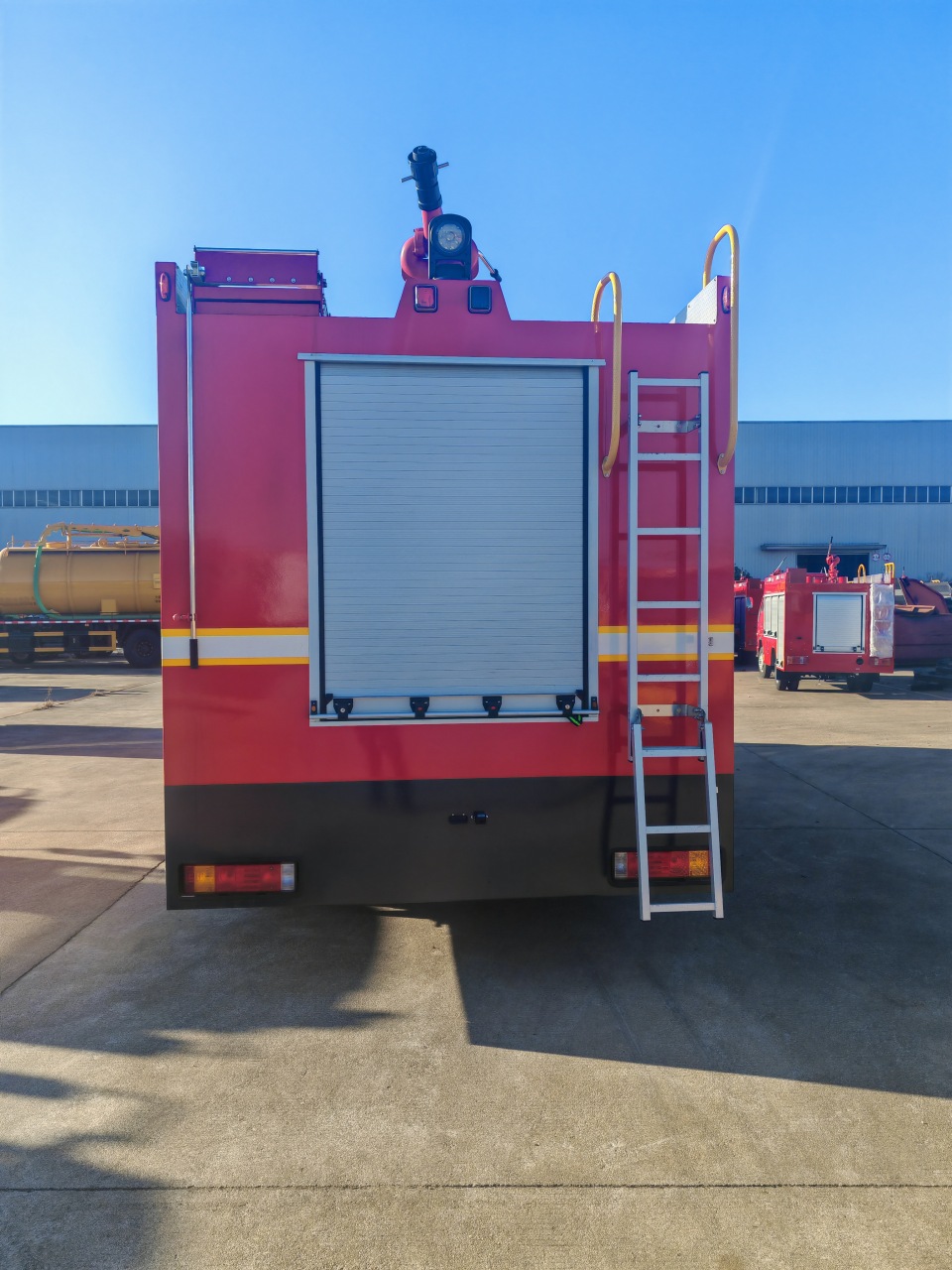
Conclusion
Water tenders are indispensable assets in modern firefighting operations, providing essential water supply capabilities in regions without fixed infrastructure. Their ability to transport and deliver water efficiently makes them crucial in both urban and wildland fire suppression efforts. Whether supporting fire engines, engaging in direct firefighting, or assisting in emergency water supply, water tenders play a vital role in safeguarding lives, property, and the environment.
